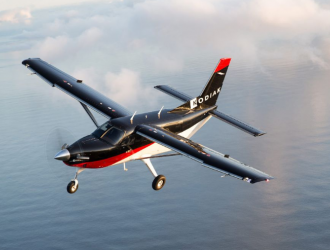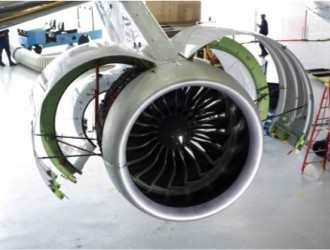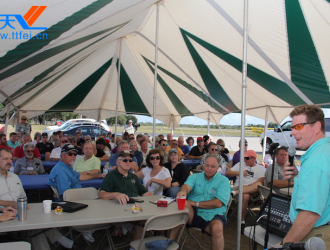When GPS first entered general aviation cockpits nearly two decades ago, skepticism ran amok — trusting the “magic” of satellite navigation took time. Those flight educators who had a firm grasp of the real conundrum to come knew then what we face today: GPS is good, sometimes almost too good. There is growing weakness in cross-country planning and the ability of students to use sectional charts rather than the GPS moving map display.

The problem is most of the time, the satellite-based system works. Because of our fluency and growing comfort with GPS navigators in our ground-based lives (pull out your iPhone if you don’t believe me), we rely more and more on the technology. The result is we may lose our ability to navigate without it
During your check ride, you need to convince the examiner that you know how to use the navigation equipment installed in the airplane and demonstrate that you have complete situational awareness at all times. This skill is one of the most important you will develop during your training. It’s just as critical in keeping you safe as knowing how to land the airplane. The new Airman Certification Standards (ACS), effective June 2016, align the navigation subject areas to help you streamline your study.
To ensure that you understand the limitations and opportunities of all onboard navigation systems, you need to prepare for these tasks during the check ride, as outlined in the ACS for private pilots:
Understand how to plan your flight and execute a cross-country flight using pilotage and/or dead reckoning.
Know how to utilize the ground-based navigation aids, such as VOR and/or NDB facilities, and recognize their strengths and limitations.
Go beyond “direct to” when it comes to programming any GPS navigation unit installed in your airplane. There are several easy-to-use functions that can help power your flying to the next level.
Be ready for detailed questions from the examiner. He or she may ask: Is your GPS WAAS-capable? What VOR volumes apply to any Victor airways you’re using as backup?
During the Private Pilot check ride, the heat comes on when you are asked to fly the airplane with reference only to instruments. You will need to demonstrate that you can successfully navigate your way out of a cloud during the test. This is one of several critical areas to ensure you’re solid on.





